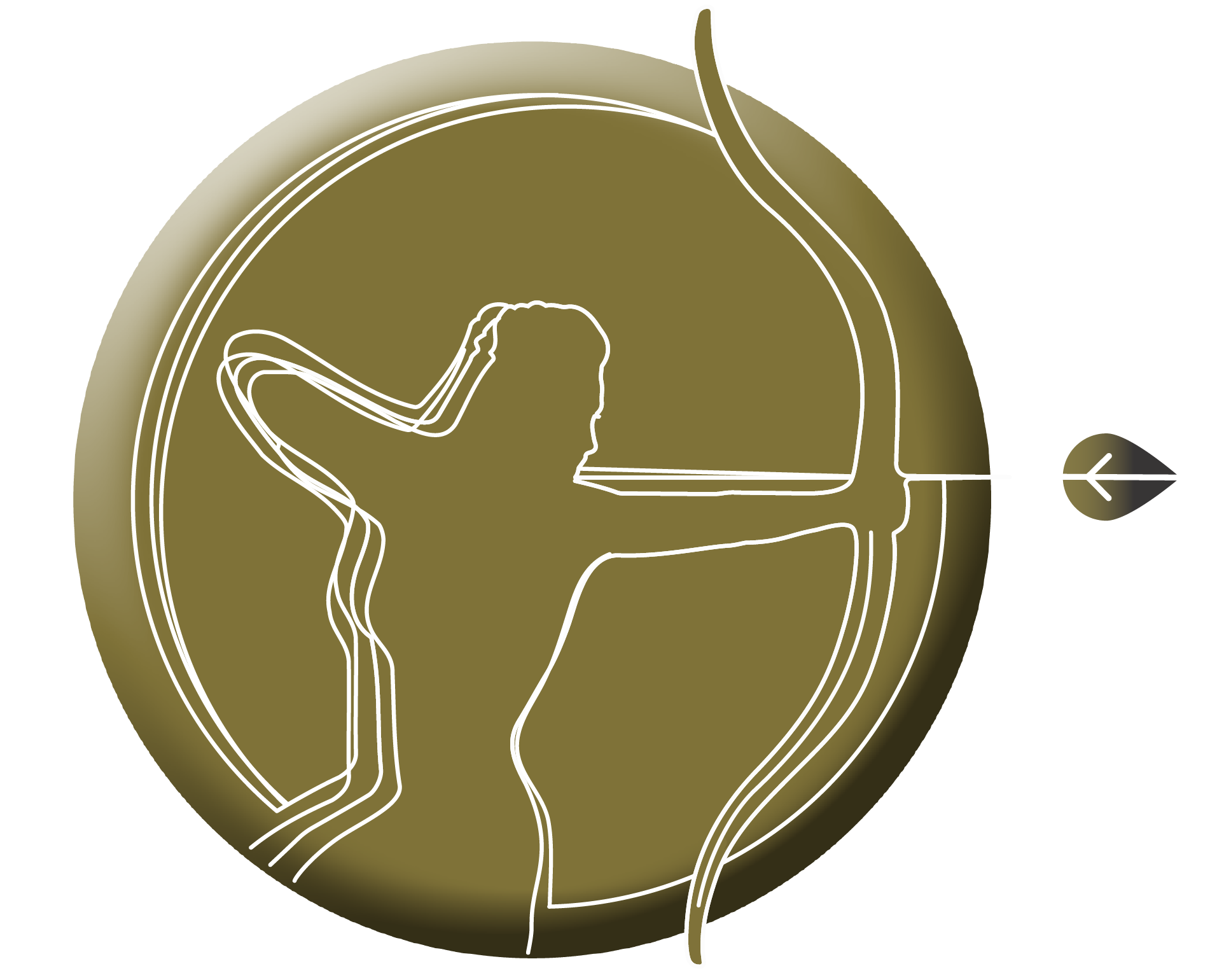Reality Show
The idea that art imitates life is a fairly simple concept. Artists seek to express themselves and their creativity, doing so comes as a reflection of their internal uniqueness and external environment. Whether it’s a love song, Shakespearean tragedy, or landscape painting, art is a peek at the world through the eyes of its maker.
Movies have enormous potential in their capability to imitate life. The experience, being both visual and auditory, allows the viewer to more completely immerse themselves in the world of the filmmaker. As a result, many films are made as an escape from our real lives into a new reality with different possibilities. The popularity of superhero franchises, space operas, and animated films is an open-armed acceptance of this. While the widespread propensity to spend more time escaping reality than examining it is slightly unsettling, these movies are still tethered to real life by having characters with human qualities, just with their limitations removed.
And then we have Three Billboards Outside Ebbing, Missouri, whose intention isn’t to fly you to another universe, but rather to bring you back down to Earth so hard that you’ll end up in the planet’s core. The events of the film are essentially the continued aftermath of a rape and murder that has gone unsolved for six months. There’s no true conflict here, all villains are temporary, and the ending resolves to leave it all unresolved. In fact, the true journey of this film is the development of the characters as they live out their screen time.
Much of what makes this movie feel so genuine is its emotional impact. The character performances are beautifully entertaining and allow the movie to switch between equally effective streaks of comedy and tragedy. The tonal shifts between being light- and heavy-hearted were striking, culminating in certain scenes that hit like that of being thrown out of a second story window.
The remainder of Three Billboards’ effectiveness comes from the lives and personalities of its characters. Even extremely minor parts are given unique material from an outstanding script that also paints all of its leads in multiple dimensions. This film intentionally sacrifices having a tight focus with its themes to create the best portrayal of real life as it can. Reality is an open-ended flow of chaotic cause and effect, full of unique people experiencing joy and pain. That is also exactly what this movie is.
This point is perfectly exemplified in the film’s final moments. We get Frances McDormand’s Mildred and Sam Rockwell’s Dixon driving off to serve some sweet vigilante justice to a guy who definitely raped and murdered someone, although the crime was unrelated to what happened to Mildred’s daughter. The scene cuts after they admit their uncertainty about hurting someone and before any action is taken. The two characters are trying to give themselves a significant action to deal with their problems, but the real resolution is each of them finding someone to share those problems with.
Three Billboards is a great film because of how well it captures the essence of life. Everyone has their own pain and tribulations to go through. They come into conflict or harmony based on this, often in momentary interactions that transform each individual as time passes. The movie doesn’t seek to answer any deep questions up front, but does so between the lines. So, the ultimate question is: if art imitates life, what do we call something that virtually is life?
© Copyright 2017 – 2018. ALL Rights Reserved.



